Report this entry
More from the same community-collection
El Paso Police Department - 1908
Entire police department in front of police headquarters. Seated ...
Detective Callie Fairley - 1929 - 1952 - El Paso, Texas
Callie Fairley was hired by the city police department as a ...
Officers Bobby Grayson and Milton Lege - 1955
Both men were the first of six Black officers to join the ...
Banner - El Paso Museum of History - 2016
Banner located at 510 North Santa Fe Street - Downtown, El Paso, ...
Opening Ceremony - DIGIE - 2015
Celebrating the opening for the digital wall - first of its kind ...
Opening Ceremony - DIGIE - El Paso, Texas 2015
Victoria Sinclair at the opening for the digital wall - one of a ...
Opening Celebration - DIGIE - 2015
Attending the event was the delegation from Copenhagen, Denmark, ...
Opening Ceremony - DIGIE - 2015
Guests poise for picture at the opening ceremony for the digital ...
El Paso Streetcar - 2016 - El Paso, Texas
Crews from Paso del Norte Trackworks have been working to lay ...
1st Stryker Brigade Combat Team, 1st Armored Division -- 2016
Photograph - Soldiers sitting in front of the Camino Real Hotel ...





















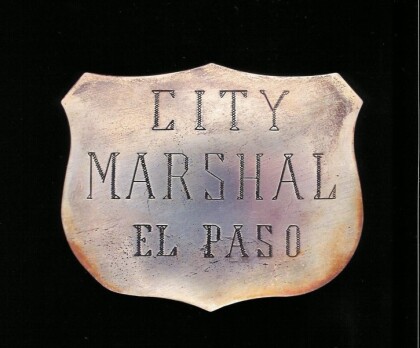
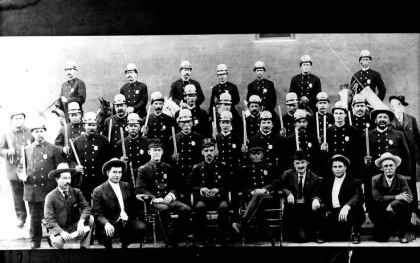
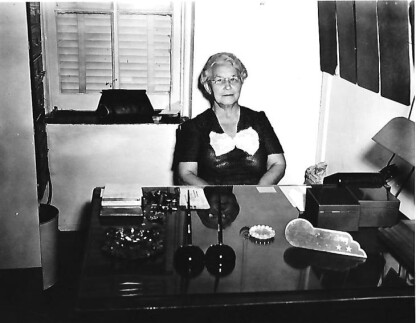
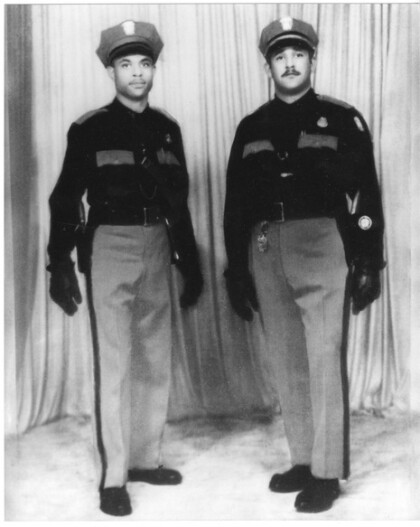
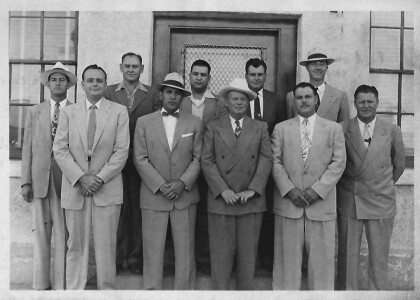

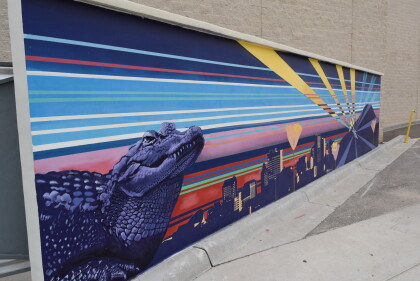
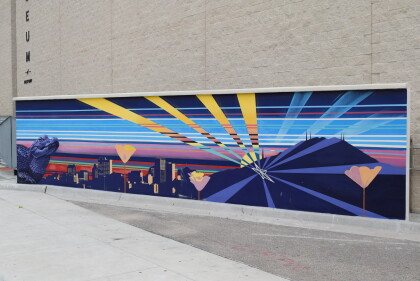
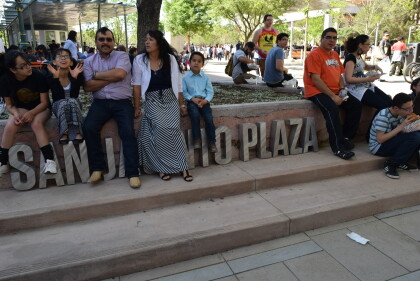
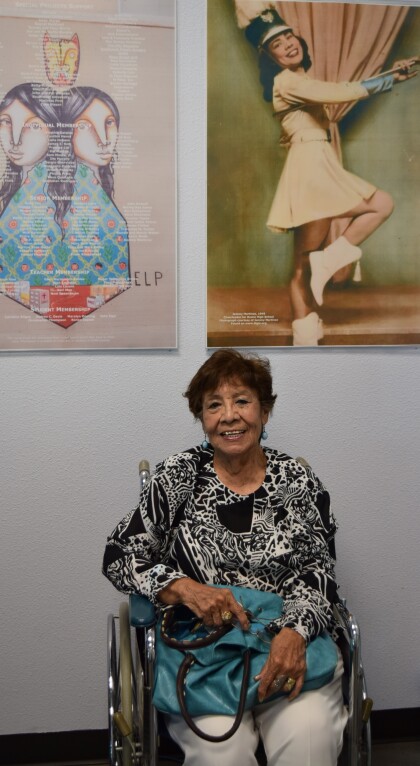
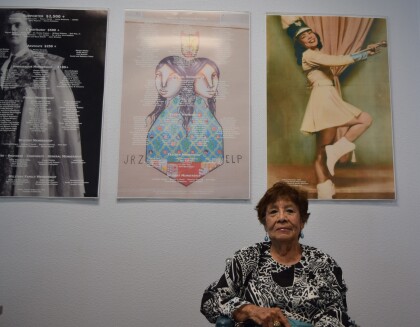
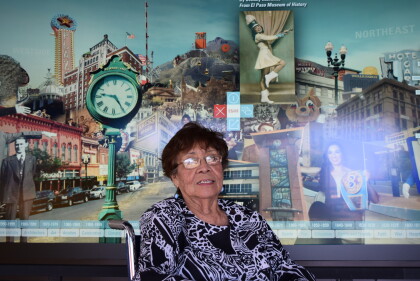
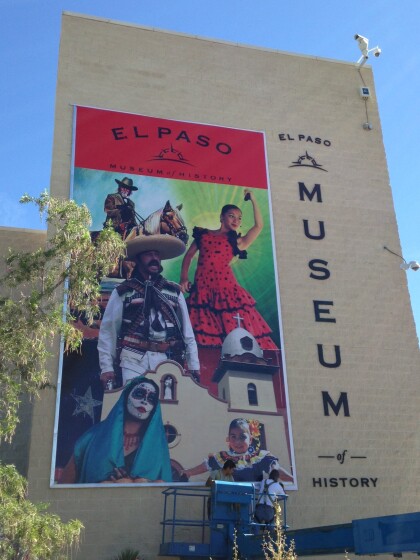
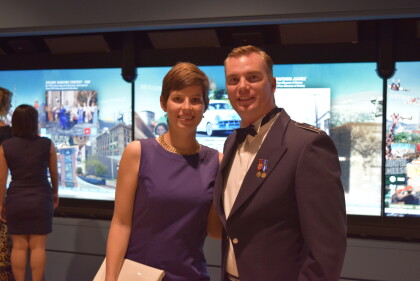
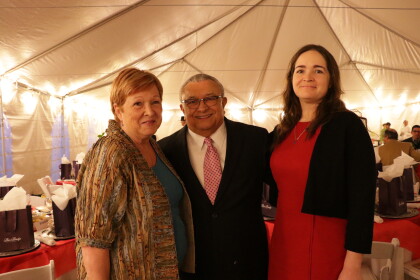
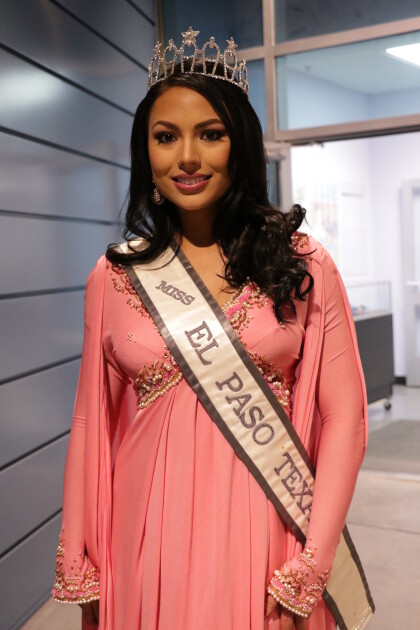
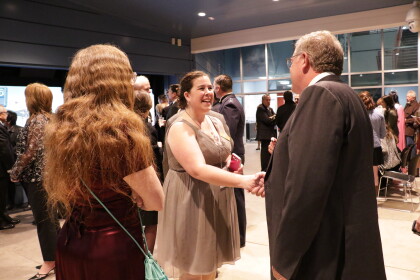
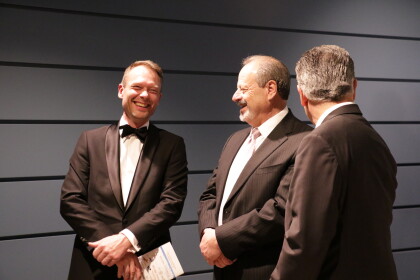
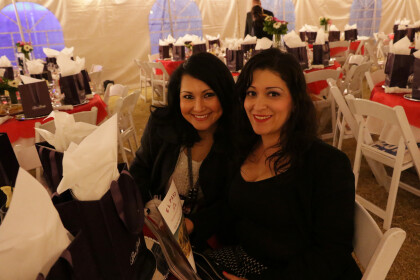
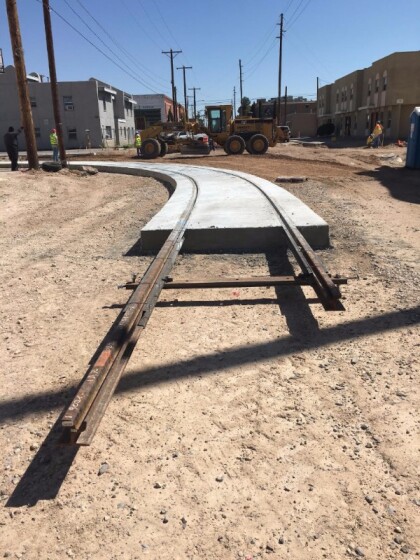
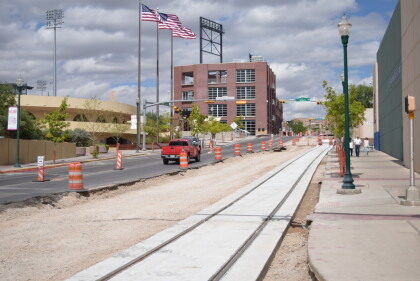
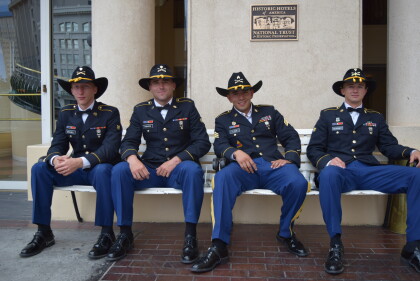
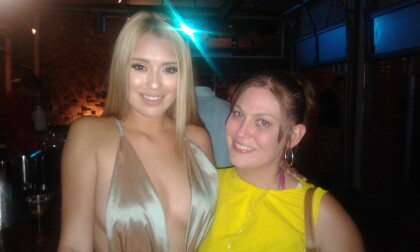
Comments
Add a comment